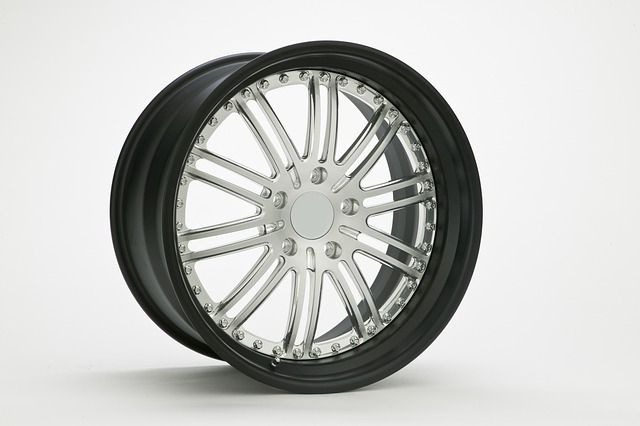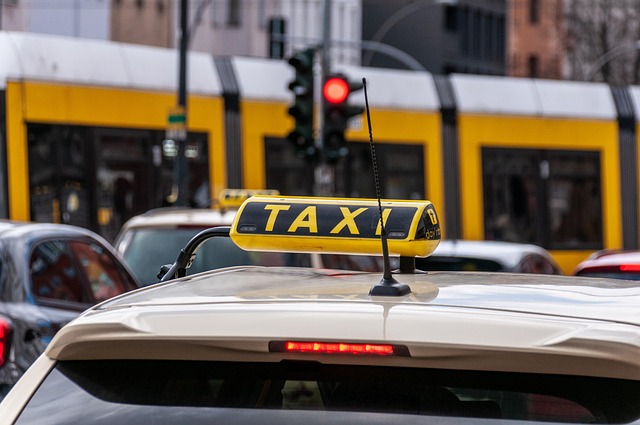Looking to register your car in California? This comprehensive guide walks you through every step, from understanding the state’s requirements for car registration to completing the DMV VIN verification process. We’ll show you what documents and preparations are needed, how to inspect and transfer your vehicle’s title, and what post-registration tasks—like insurance, tags, and record maintenance—are essential. By following these steps, you’ll be on your way to a smooth and stress-free registration experience.
- Understand the Requirements for Car Registration in California
- Gather Necessary Documents for DMV VIN Verification
- Prepare Your Vehicle for Inspection and Title Transfer
- Visit a California DMV Office for Registration and Title Update
- Post-Registration Steps: Insurance, Tags, and Maintaining Your Records
Understand the Requirements for Car Registration in California

Before registering your car in California, it’s crucial to understand the requirements set by the Department of Motor Vehicles (DMV). The process involves several steps, including a vehicle inspection and a comprehensive verification of your car’s unique Vehicle Identification Number (VIN). This VIN verification is a critical aspect, ensuring that your vehicle meets all safety standards and legal requirements.
One convenient option to complete this task is through a mobile vin inspection or mobile vin verifier service. These services allow you to get the necessary VIN checks done quickly and efficiently without having to visit a DMV office. By utilizing these modern solutions, you can streamline the registration process, saving time and effort while ensuring your car’s compliance with California’s regulations.
Gather Necessary Documents for DMV VIN Verification

Before heading to the California DMV for registration, make sure you have all the required documents ready. The most crucial one is the Vehicle Identification Number (VIN) verification, which can be done through a few methods. You’ll need the vehicle’s registration certificate from the previous state, if applicable, as well as proof of insurance and your driver’s license. A valid mobile vin verifier app or service can also be used for this process, making it more convenient and often faster than traditional methods.
Additionally, gather any other necessary paperwork like title documents (if you’re the owner), purchase agreement, or a bill of sale. These documents ensure a smooth DMV vin inspection process, as they verify your ownership and vehicle information. Having these in hand will help expedite the registration process and get you on your way with a registered vehicle in no time.
Prepare Your Vehicle for Inspection and Title Transfer

Before you can register your car in California, it’s crucial to ensure that your vehicle meets all necessary safety and emission standards. Prepare your car by getting a mobile vin verification or VIN inspection to confirm its authenticity and condition. This process involves checking critical components like lights, brakes, horns, and emissions systems to guarantee they’re functioning correctly.
Additionally, ensure you have the required documents, including a clean title and any necessary registration forms from the DMV (Department of Motor Vehicles). A proper title transfer is essential during this phase, ensuring that all legal ownership changes are accurately documented. This step streamlines the registration process and helps avoid future issues.
Visit a California DMV Office for Registration and Title Update

To register your car in California, a visit to a DMV office is an essential step. This process involves updating your vehicle’s registration and title, ensuring all documentation is accurate and up-to-date. Upon arrival at the DMV, you’ll need to present key documents like proof of ownership, insurance, and identification. One crucial aspect of this process is the DMV VIN verification, where they cross-check your vehicle’s unique identifier (VIN) against their records to ensure authenticity.
For a smoother experience, many California residents opt for efficient alternatives like mobile VIN inspection or mobile VIN verifier services, allowing them to complete the registration and title update from the comfort of their homes. These services provide another layer of convenience by offering on-site or remote verification, ensuring your vehicle’s details are accurately recorded with the DMV.
Post-Registration Steps: Insurance, Tags, and Maintaining Your Records

After successfully registering your car with the California DMV (Department of Motor Vehicles), there are several crucial post-registration steps to complete. The first is ensuring your vehicle has the proper insurance coverage, which meets the state’s minimum requirements and aligns with your personal needs. You can verify insurance eligibility through a mobile vin verification process, where a simple inspection of your Vehicle Identification Number (VIN) provides instant access to policy details.
Additionally, you’ll need to obtain license plates and registration tags from the DMV. These are essential for legal road usage and serve as a constant reminder of your vehicle’s official status. To maintain a smooth record-keeping process, consider digitizing important documents, including proof of insurance, purchase records, and any maintenance receipts. Regularly updating these digital archives makes future vin inspections easier and ensures you’re always compliant with California’s vehicle registration regulations.
Registering a car in California involves several straightforward steps, from understanding the requirements to completing the DMV VIN verification process. By gathering all necessary documents, preparing your vehicle for inspection and title transfer, and visiting a local DMV office, you can ensure a smooth registration experience. After registration, don’t forget the post-registration tasks like obtaining insurance, displaying license plates, and keeping your records up-to-date to maintain compliance with California’s car registration regulations.
